Color by Technicolor: An MIT Story
-
-
slice.mit.edu
- 3
Filed Under
Recommended
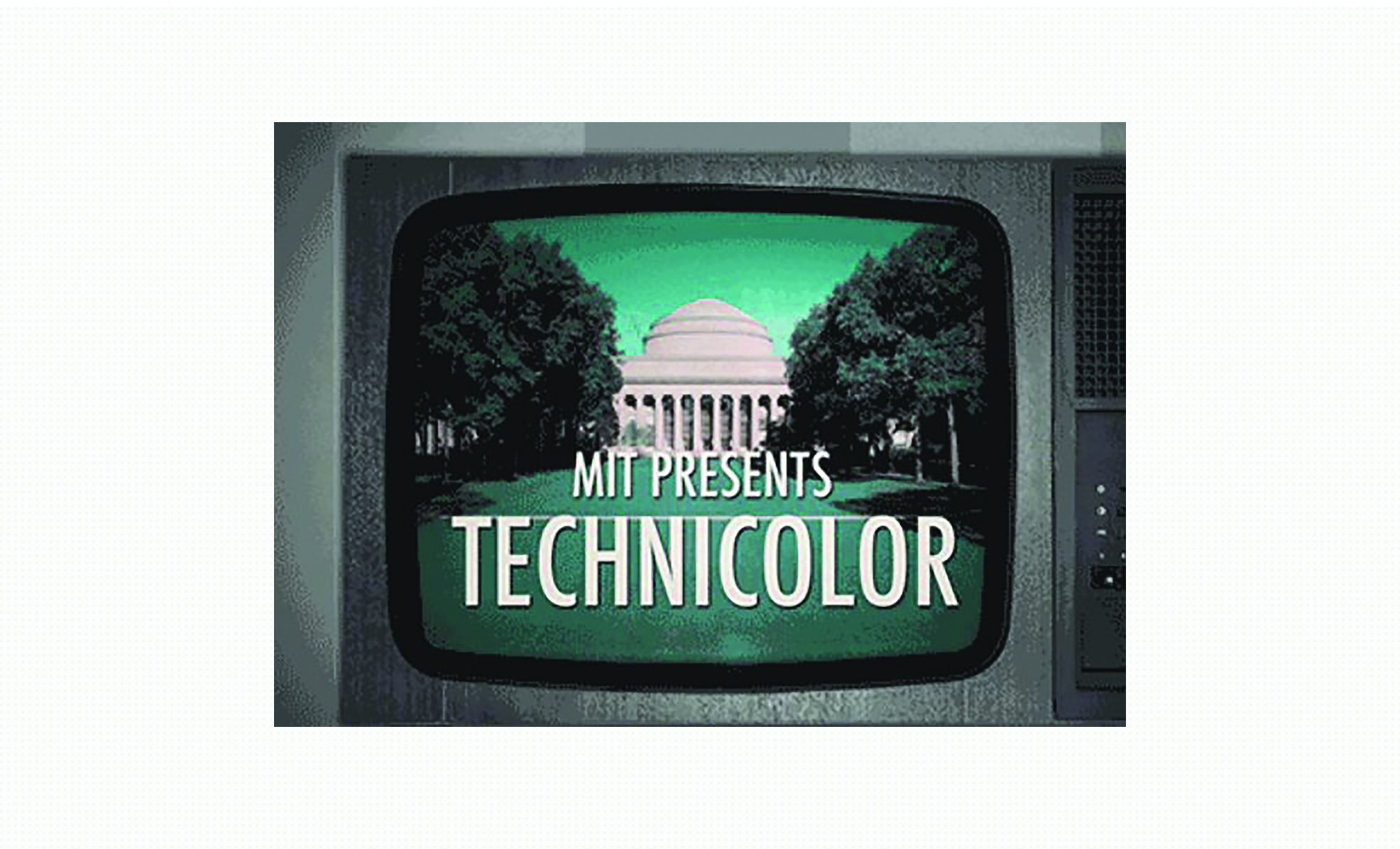
This weekend, the Academy Awards celebrates its 89th year. While not among this year’s nominees, Technicolor Motion Picture Corporation has been a mainstay of the awards ceremony since its founding. The Wizard of Oz, Gone with the Wind, and Snow White and the Seven Dwarfs owe their award-winning electric blue skies, golden yellow brick road, and fiery landscapes to Technicolor’s color motion picture process. From 1939 to 1967, Technicolor was honored with an Academy Award in color cinematography in all but three years.
Technicolor was founded by three MIT alumni—Herbert Kalmus 1904, Daniel Comstock 1904, and Burton Westcott 1914—originally to research a malfunctioning motion picture projector.
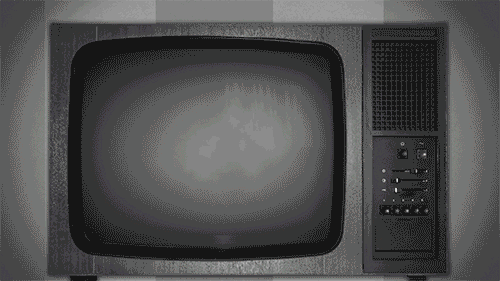
While they were never able to fix the projector, “it brought them to the idea of looking at color…they took their crack at solving it,” explained William Uricchio, a professor at MIT’s Comparative Media Studies/Writing Department. Learn more about Technicolor in this Slice of MIT podcast.
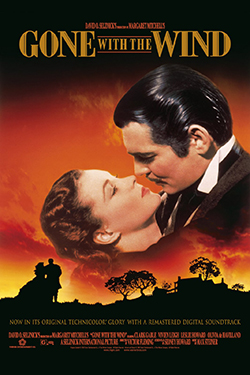
The alumni decided on the name Technicolor in honor of their alma mater. In a 1938 Tech Engineering News article Kalmus wrote, “As a Tech Man not too many years beyond graduation, the word ‘Technique,’ the name of our annual class book, was fresh in my memory. And obviously it was color, so putting the words ‘Technique’ and color together, I invented the name ‘Technicolor.’”
Like many startups, Technicolor’s early years depended upon trial and error as much as skill. Their first lab was in a functioning railway car so that they could easily travel to film production locations. The alumni often called on friends and colleagues from MIT. “They were able to tap a pool of expertise of creative problem solving that really is MIT’s forte,” said Uricchio.
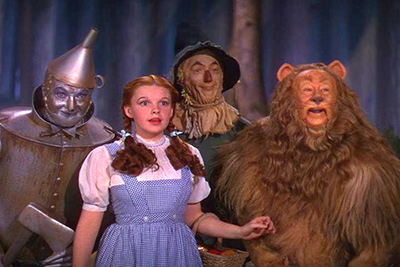
As the Technicolor process required high intensity lighting, actors on the set of The Wizard of Oz routinely fainted. Photo: InsominaCuredHere
They went through many film iterations, ultimately creating a color composite film using a three-strip camera. “They would literally expose three strips of film and would color each of them distinctively and then make a composite,” said Uricchio.
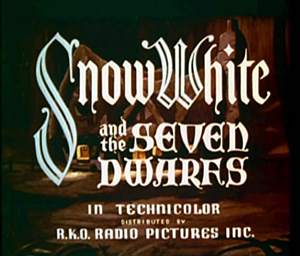
By 1953, Technicolor had sold more than 560 million feet of color film. “It brought this magic to the movies…color by Technicolor meant that the colors were going to be punchy, fantastic, the world of illusion that we associate with cinema,” said Uricchio. And along with its characteristic punchy colors, the company ushered in a new business model to Hollywood studios unaccustomed to relinquishing control. Technicolor Motion Picture Corporation brought in their own cameras, technicians, makeup, and color director in order to guarantee a quality color outcome for a given film.
Learn more about Technicolor’s origins and its role in creating some of Hollywood’s biggest cinematic classics in this Slice of MIT podcast.
The Color by Technicolor podcast includes interviews with William Uricchio and additional research and audio from the Old Time Radio Researchers Group, the National Archives, and the MIT Archives. Additional narration was provided by Jay London and Russell Boulais. “Darxiland,” “Plucky Daisy,” and “Merry Go Slower” were created by Kevin MacLeod (incompetech.com).








Comments
Teri Centner
Fri, 02/24/2017 12:44pm
Do we know if any of this years Sci Tech Oscar winners have a connection to the 'Tute?
http://www.oscars.org/sci-tech/ceremonies/2017
Roger S. Reiss
Sun, 03/19/2017 9:56am
"The Baseball Ball and 'Color Television Compatibility" (From the series "One Pagers")
By Roger S. Reiss, BSME MIT
My first viewing of television was at the 1939 World's Fair in New Your City. My first home television set was 10 inch diagonal screen, that took at least two people to carry and cost 600$ in 1947 USD's. It was of course black and white with color television many many years off.
After graduation (1955), one of my first jobs was with Hazeltine, Long Island, New York, an electronic company. Hazeltine's claim to fame was an airborne and parachute dropped buoy that was capable of detecting submarines at some distance and radioing back the location information to sea or land receiver stations. Somehow Hazeltine received an RCA Television contract to design and develop the electronics necessary to provide 'Color Television Compatibility'. At this time there were three approaches to color television, the spinning filter wheel, with the three basic colors, at the transmitting and receiving end. The two spinning wheels had to be in sync at the transmitting and receiving end. It was a CBS Television solution and no one wanted see a mechanical solution (spinning filter wheel) to the highly electronic television set. Another approach was a three tube set with each tube having a different basic color filter. The final image was brought together by use of mirrors and a very large cabinet (I did get to see the prototype and the cabinet was very very large). The problem with the three tube, three filter, mirrors, and large cabinet was registration of the three images. The three images would wonder off registration. The last solution which made the most sense was a three gun tube that hit three different spots on the inside face of the tube, for the three basic colors. The problem was Compatibility, the millions and millions of black and white television sets that had ready been sold could not handle the color television signal needed to operate the color television set, so Compatibility was needed. Hazeltine did solve the 'Color Television Capability'.
Epilog: The wall was covered with electronic equipment. There was a small color television screen near the center of the electronic. The only thing being broadcast in color that day was the World Series. The room was over crowd with the individuals the assisted in the creation of the "Color Television Compatibility". The electronics had worked on the black and white television set. Now for the moment of true, would the electronics work with the color television set without effecting any of its parameters. The pitching and batting and the infield hitting was hard to see because of the small screen but there were no glitches. Then it happened on the first outfield hit, there were ball players run around, to and frown, in and out but no baseball ball insight. The ball was too small and the color was too white and it was moving too fast…the resolution of the system was not great enough to capture the baseball ball in the outfield. It was a great day for Compatibility but as for Resolution, since you cannot change the eyes resolution, back to the drawing boards…to increase the resolution of the color television tube or resolution of the electronic gun or both.
Kate Repantis
Tue, 02/28/2017 10:23am
Good question Teri! We'll look into that and report back.